Warcraft Arclight Rumble’s lighthearted fun could be ruined by predatory microtransactions
Blizzard Entertainment must ensure Arclight Rumble is fun without having to spend money
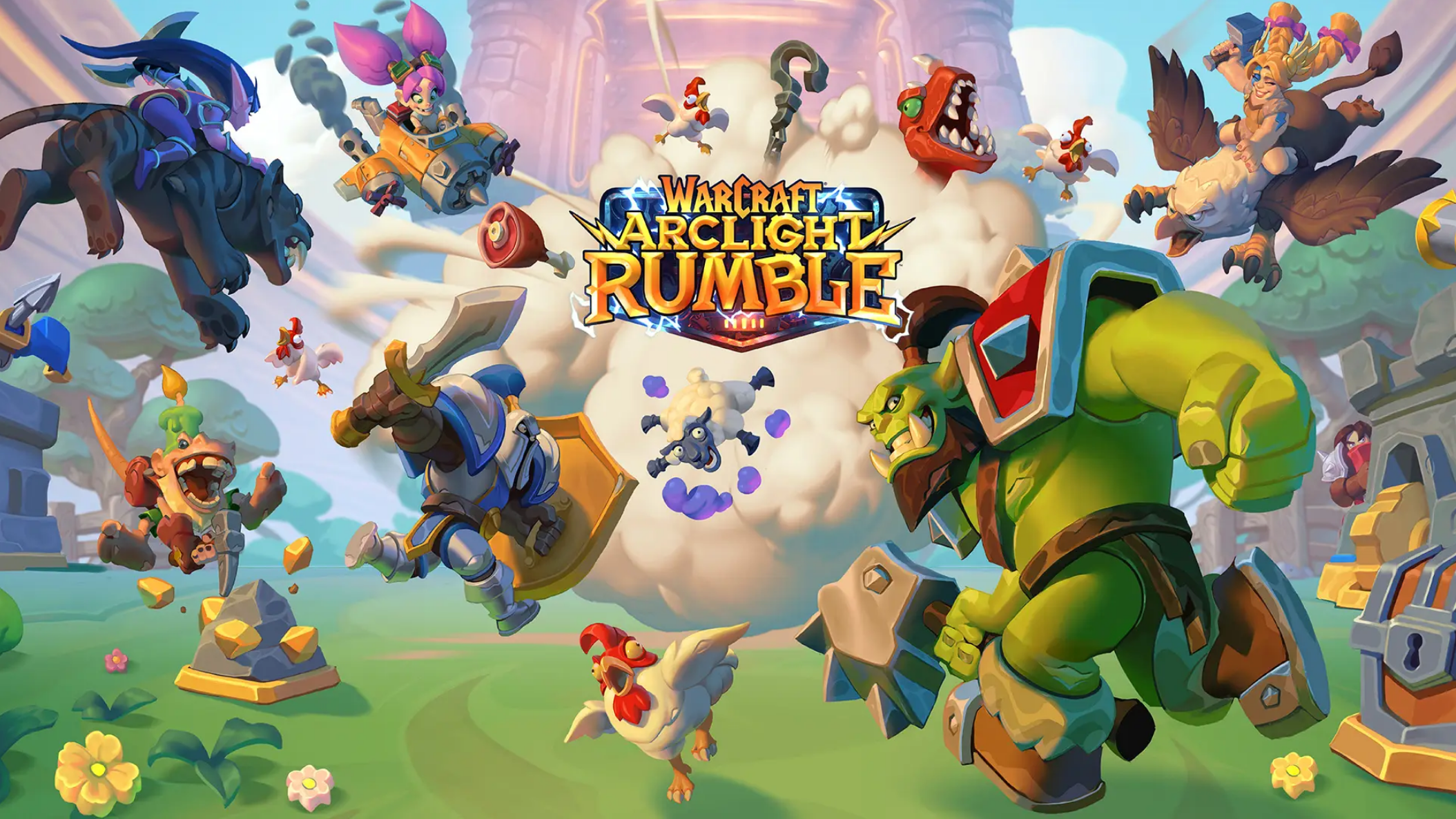
Blizzard Entertainment revealed Arclight Rumble this week, a mobile tower offense game featuring cutesy, miniature versions of the most beloved heroes and villains from Azeroth. Warcraft is Blizzard’s most successful independent property by a significant margin, and its roots go all the way to 1994 with the original Warcraft: Orcs & Humans.
Since then, it has received two direct sequels, a massively successful MMORPG with eight published expansions (nine including the yet-to-be-released Dragonflight), nearly two dozen novels, a feature film, a card game spin-off, and a Blizzard-centric MOBA.
It’s not too shocking that the company is diving into the mobile space and utilizing the Warcraft property as one of its stepping stones (alongside Diablo Immortal). Thankfully, Arclight Rumble looks like a blast. Building out my favorite characters and jumping into challenging dungeons or raids with a friend sounds like a great time.
But there is cause for concern: Free-to-play mobile games are often coupled with obtrusive microtransactions, and Blizzard is no stranger to letting these ruin some of its best games.
- More: World of Warcraft Dragonflight's in-depth talent tree revival is a feature I've waited 10 years for
- Dragonflight's cinematic trailer boasts good vibes for a positive future
- Dragonflight's Dracthyr Evoker will finally let me play an adorable dragon
Blizzard’s track record
Both Hearthstone and Overwatch feature luck-based in-game purchases. Card packs in Hearthstone and loot boxes in Overwatch yield items assigned levels of rarity, and depending on the item’s quality color, it’ll be harder to get your hands on. As a result, players sometimes spend $100 without getting anything notable, or completely missing the one thing they wanted.
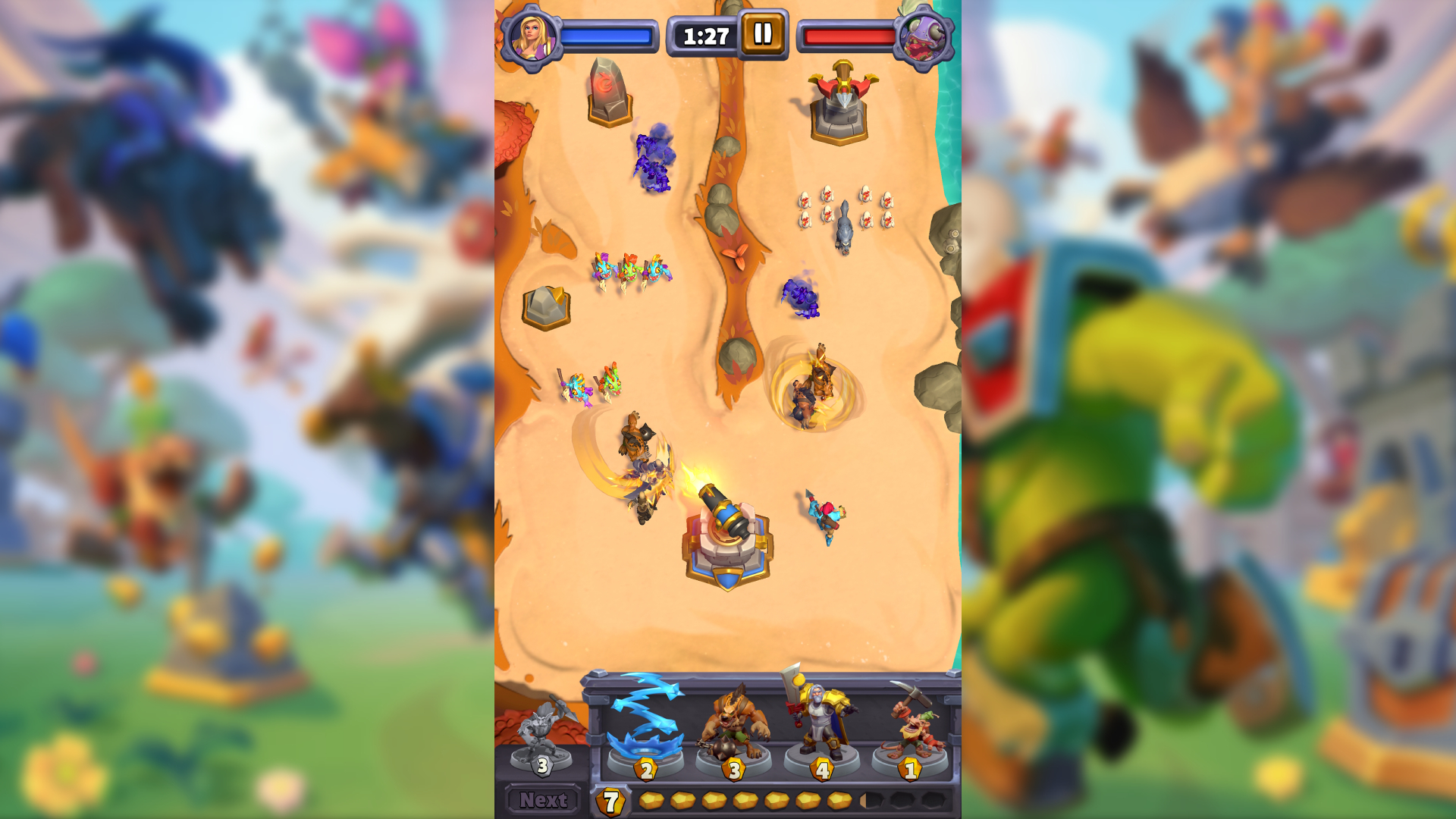
In both games, duplicates offer a currency that can be used to purchase the specific item they might have been looking for if they aren’t getting lucky, which encourages users to keep trying in hope for more of that currency. Instead of letting the player purchase the skin or card they want directly, they’re forced to gamble for the things they want. As someone who has spent a bit of money in both games, it never feels good when you unload $50 only to get skins for characters you don’t play or cards you’ll never use.
At least the microtransactions in Overwatch offer only cosmetic items like skins, sprays, victory poses, and play of the game animations. On the other hand, Hearthstone’s card packs are game-changing, and if you have the money to invest in a powerful deck (especially if you pack it with the stuff from new expansions), you’re going to easily stomp players who haven’t spent a dime. It’s a thinly veiled pay-to-win system, although all trading card games share a similar fate.
Stay in the know with Laptop Mag
Get our in-depth reviews, helpful tips, great deals, and the biggest news stories delivered to your inbox.
Blizzard has already confirmed that Arclight Rumble won’t include loot boxes, but I’m not entirely convinced that the game will steer clear of similarly obtrusive microtransactions. After all, Arclight Rumble’s Google Play page includes a section that says it’ll have “In-Game Purchases (Includes Random Items).”
Popular free-to-play mobile systems
Blizzard Entertainment could find a number of ways to shift Arclight Rumble’s economy to make it profitable for the company. Whether by including purchasable items that allow the user to increase their strength quickly (effectively making it pay-to-win like Hearthstone) or merely providing a taste of the full game before locking the rest of it off behind a paywall.
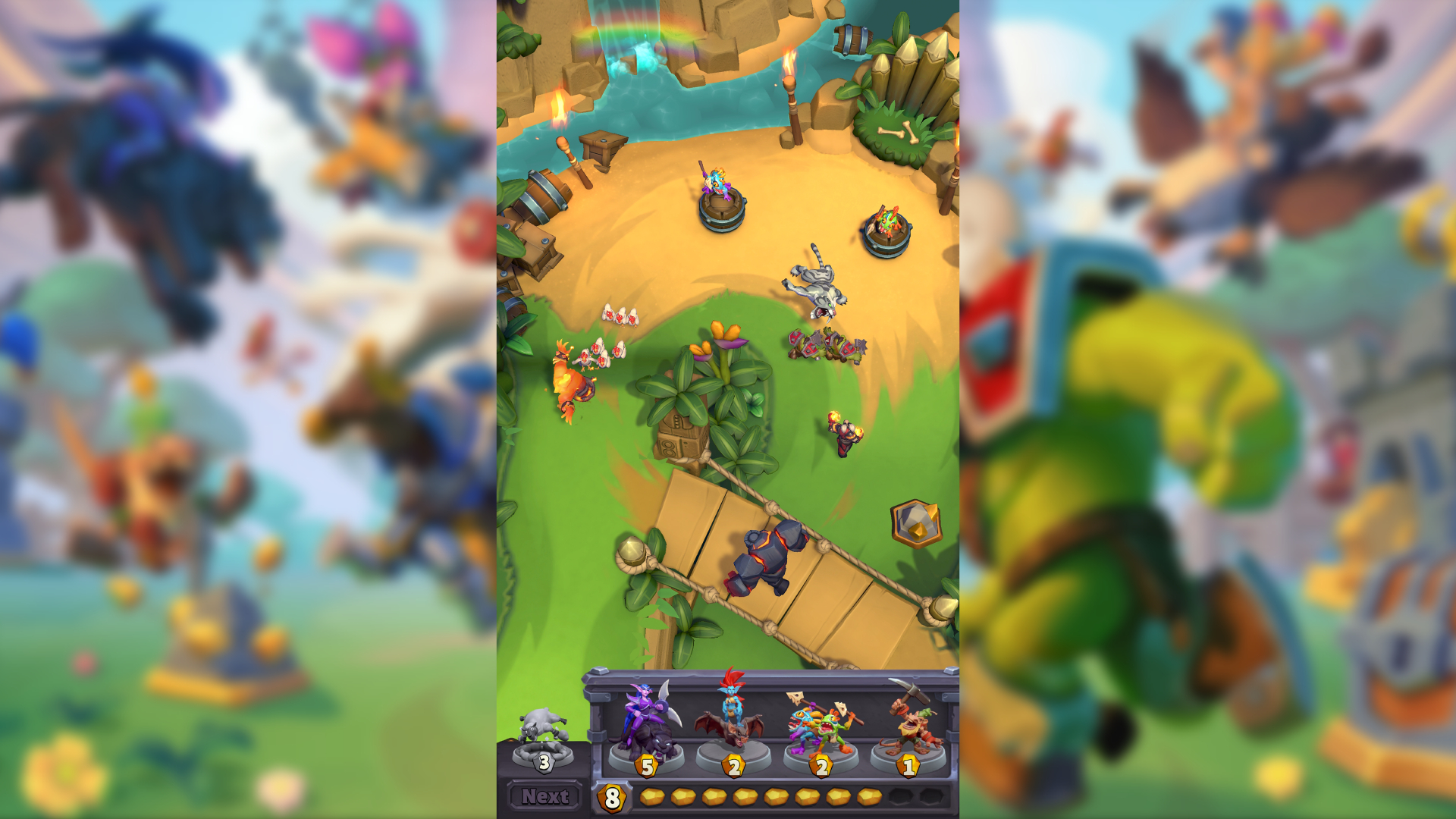
Another popular method is the “energy” system, which allows the player to engage with a limited amount of content per day by giving every action an associated cost that slowly recharges over time. If they run out, they can either wait for it to come back or purchase more energy to keep playing.
So far, it doesn’t seem like Blizzard is doing any of the above. We have information on only one of Arclight Rumble’s monetization methods thanks to a Gamerbrave impressions piece where they interacted with the in-game store. Players can select from a 3x3 grid of purchasable items at a time. This grid resets when the player purchases something from it, so luck is still very much involved. The big difference here is that players actually know what they’re purchasing, which is preferable to loot box systems.
But the core issue remains between systems. A player could open their in-game shop, see nine items they don’t care for, and be forced to purchase something they don’t want in the hopes for a lucky refresh (you can also refresh for gold or just wait for the timer to reset, but it instills impatience to encourage the user spending money). Ultimately, players are encouraged to potentially spend cash on things they don’t care for, even though this system is far more generous.
Blizzard Entertainment could also tune this system to be painfully strict, reintroducing the rarity levels seen in Overwatch and Hearthstone. The 3x3 grid could rarely feature goods of higher quality, meaning players will end up spending ridiculous amounts of money just to get refreshes in the hopes they find what they’re looking for.
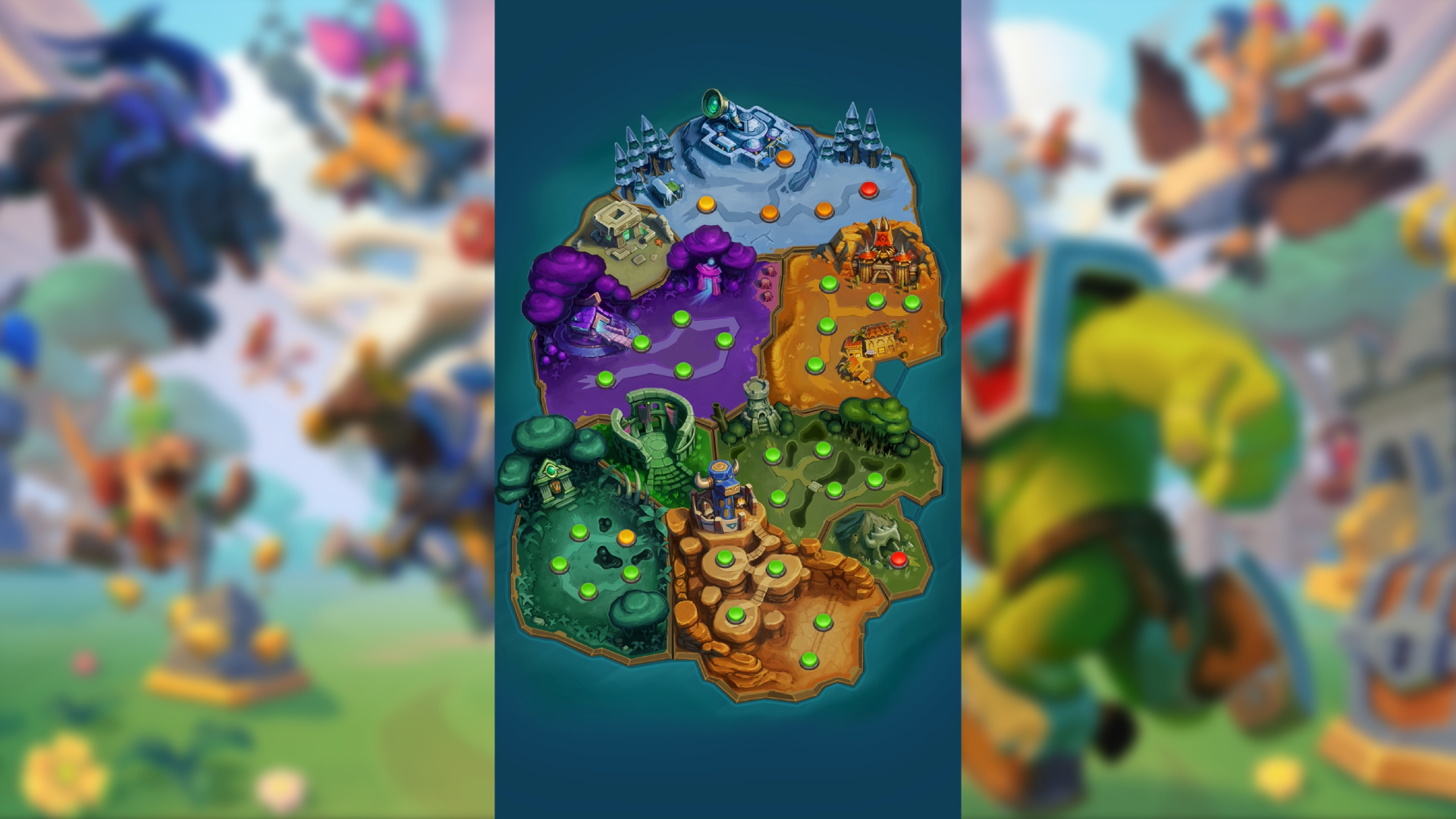
What if a player sees more than one item they want in the 3x3 grid? If they purchase one of those things, will the other disappear? This could be frustrating, especially if multiple refreshes have presented none of the things a player is looking for, and then suddenly, one refresh has multiple things they want. It also depends on the comparable cost for purchasing an item. How expensive will an item be to quickly achieve a refresh without feeling like you spent money on a pointless swap?
YouTuber Towelliee also confirmed a few details on what to expect out of Arclight Rumble’s monetization. The biggest positive here is that there will be no duplicates, which means if a player sees something in the shop, it means they haven’t unlocked it already. At the very least, this provides a sense of progression, and allows the player to feel like their selection is more personalized based on what they’ve gotten so far.
Everything can be earned in-game
Arclight Rumble Art Director Jeremy Collins confirmed in a PocketGamer.biz interview that “paying is not necessary for unlocking any mini at all.” I’m skeptical about claims like this, as being able to unlock items through in-game playing is not necessarily indicative of the grind to do so. Just because a game’s unlockables can be acquired through playing doesn’t mean the costs can’t be exorbitant or take far too long to achieve.
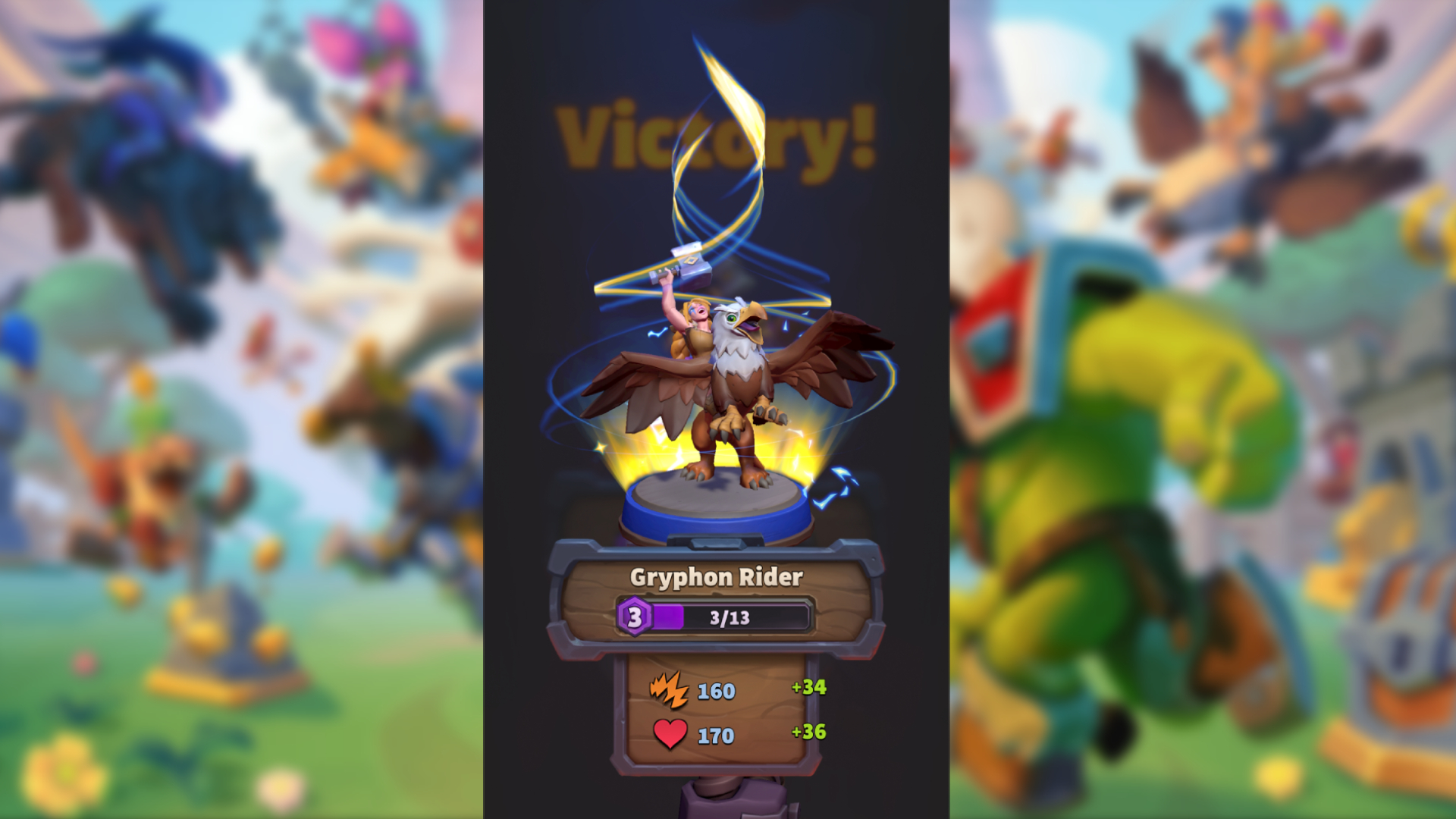
Hearthstone boasted a similar system, but the caveat was that it still took forever because gold was acquired through daily quests and the Arena system allowed the player to only get cool stuff if they were good at the game (or had purchased a ton of card packs and gotten lucky).
Everything was unlockable in Overwatch, too. Leveling up rewarded you with a loot box that could be opened, but if you wanted to get everything in the game, you would have to grind for an unrealistic amount of time. These systems felt intentionally slow to instill a sense of impatience in the player and make them want to spend real money to speed up the process.
Even World of Warcraft features a similar system through the WoW Token. Players can spend anywhere from 150,000-200,000 gold to unlock a WoW token, which extends their accounts subscription time by 30 days. But the time it takes to get that much gold means it’s most certainly not worth it. I play a moderate amount of WoW, and my main character only has 30,000 gold on them at the moment.
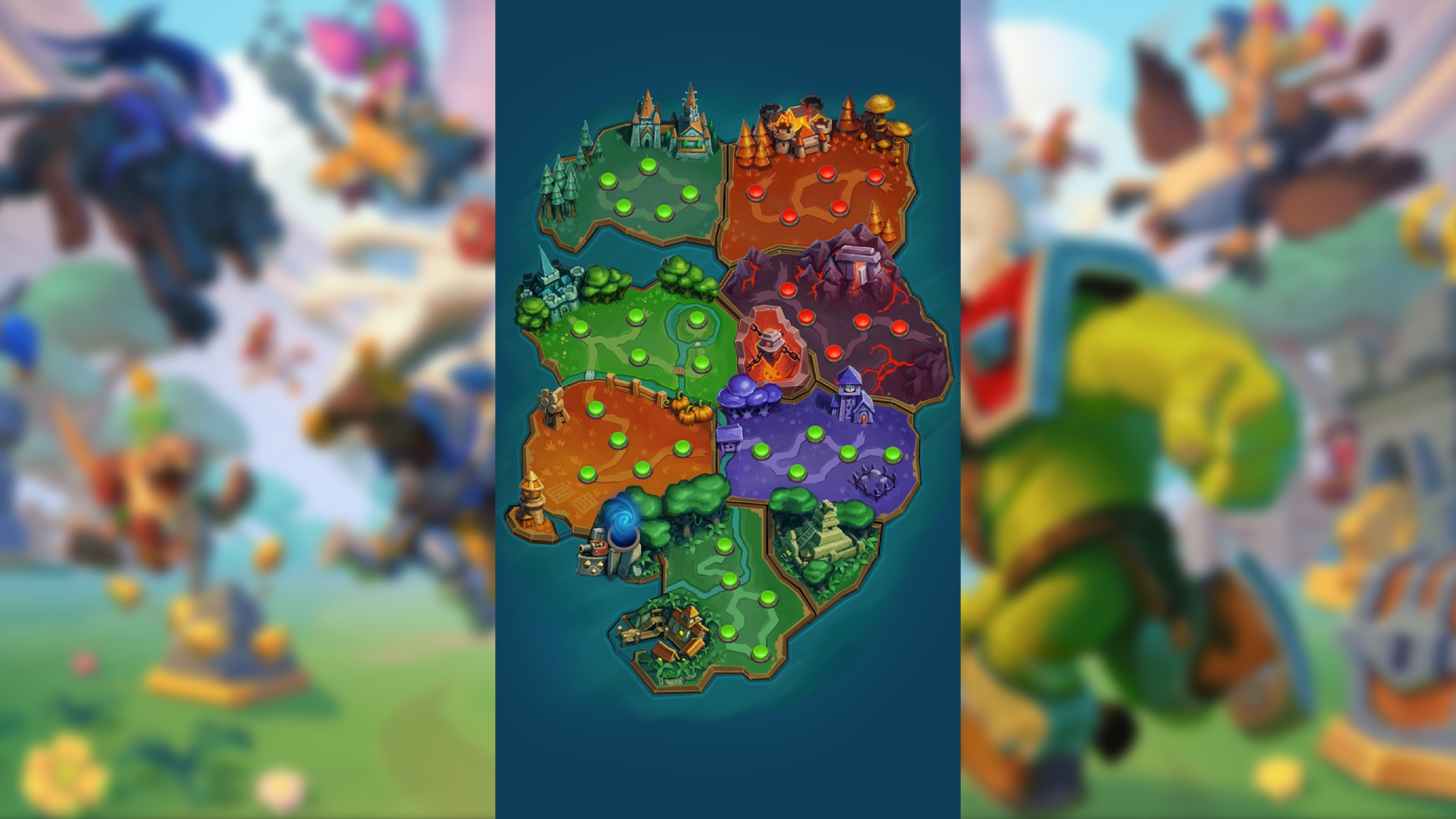
Everything being unlockable through play in Arclight Rumble is merely the first step. Blizzard Entertainment needs to take this even further to ensure it doesn’t feel like a grindy mess that is so sluggish that players are encouraged to spend real money instead. If Arclight Rumble falls prey to this fate, it’ll sap a lot of my excitement for it.
Bottom line
Warcraft Arclight Rumble looks like a wonderful return to Blizzard’s real-time strategy roots. Although it seems simplified for casual mobile use, I can’t wait to jump into this cutesy vision of Azeroth and enjoy a little bit of it every day. Tackling dungeons and raids with friends could not sound more appealing, especially if they’re difficult enough to force us to get picky with our builds and strategize together. Unlocking my favorite heroes, personalizing them, and taking them through the challenges Azeroth has to offer sounds like a great time.
But I can’t help but worry about its monetization. Free-to-play games require a sustainable model to be profitable, and if Arclight Rumble’s solid foundation is ruined by obtrusive microtransactions, it’ll be a disappointing outcome. We won’t know for sure until the official release, but I can only hope Blizzard Entertainment balances the economy in a way that still makes it fun for those who refuse to pay up.

Self-described art critic and unabashedly pretentious, Claire finds joy in impassioned ramblings about her closeness to video games. She has a bachelor’s degree in Journalism & Media Studies from Brooklyn College and five years of experience in entertainment journalism. Claire is a stalwart defender of the importance found in subjectivity and spends most days overwhelmed with excitement for the past, present and future of gaming. When she isn't writing or playing Dark Souls, she can be found eating chicken fettuccine alfredo and watching anime.
